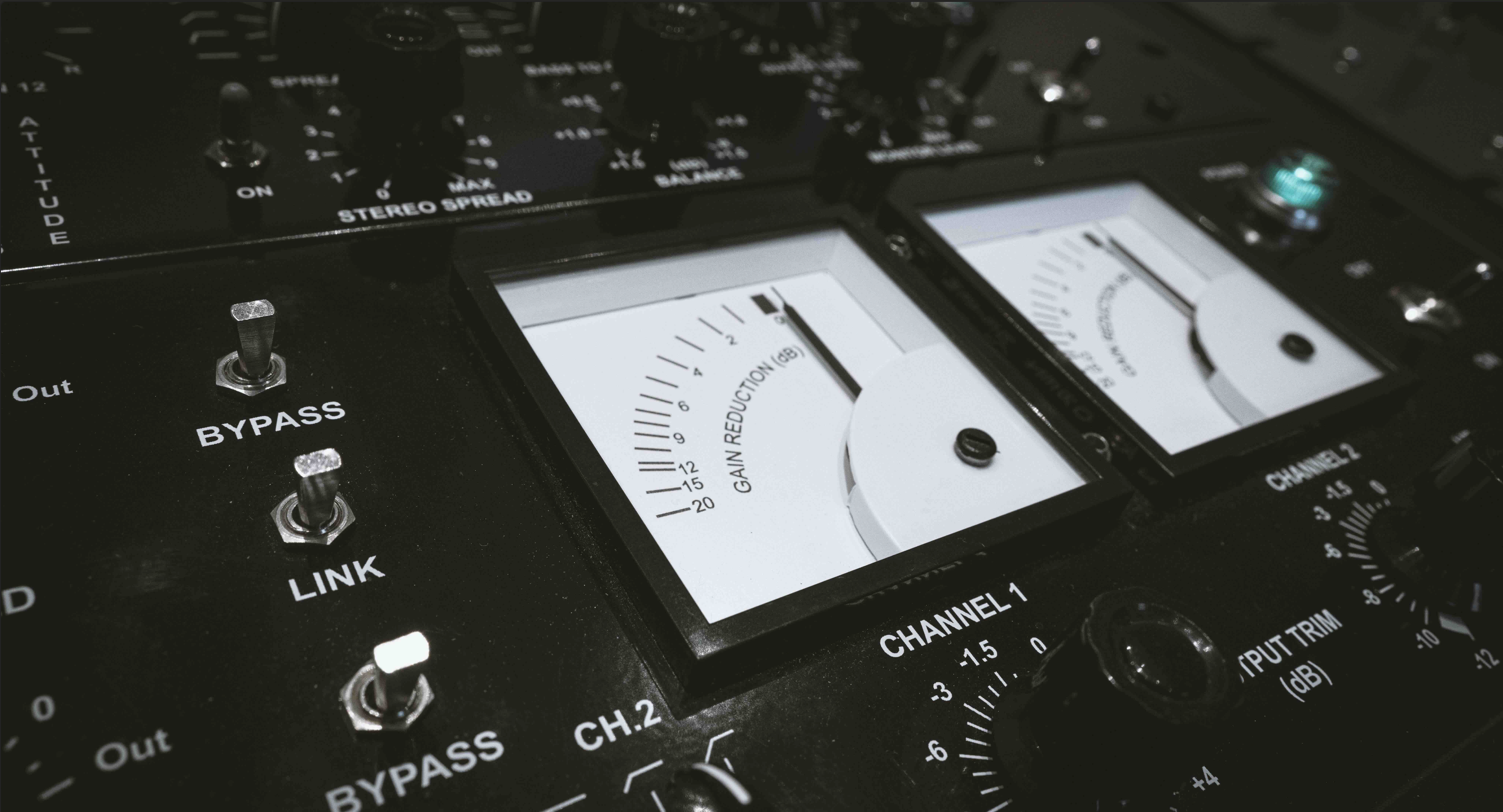AI vs Human Mastering: When to Choose
Mastering turns a finished mix into a release: consistent tone, competitive loudness, and files that translate everywhere. AI delivers instant results at low cost; a human engineer brings taste, context, and quality control. Use this guide to pick the right path—every time.
If you prefer a trained ear with revisions, mix notes, and platform-ready deliverables, you can book professional mastering services and keep the creative focus on your music.
I. What mastering actually decides
Tone balance: shaping lows, mids, and highs so the record feels cohesive across speakers. Dynamics: bringing impact forward without smearing transients. Translation: car, club, earbuds, radio. Delivery: correct sample rate/bit depth, clean head/tail edits, and alternate versions (instrumental, clean, a cappella, radio).
Whether you choose AI or human, the target is the same: a controlled, musical loudness and a master that feels finished next to your references.
| Situation | Pick | Why |
|---|---|---|
| Demo with deadline in hours | AI | Speed and consistency beat perfect nuance |
| Final single headed to distributors | Human | Context, QC, alt versions, metadata |
| Genre-bending / unusual mix | Human | Taste and references matter more than presets |
| Batch of rough beat packs | AI | Uniform level across many cues fast |
| Stem or surgical fixes needed | Human | Hands-on problem solving |
| Tiny budget + quick feedback loop | AI → Human later | Draft now, finalize when ready |
II. 12 real-world cases (and what to choose)
-
You need a same-day reference for A&R.
Choose AI. Get a solid loudness/curve quickly, share, and keep producing. -
Your mix is 95% there, but the hook is edgy at 2–3 kHz.
Choose Human. A small, taste-driven dip that preserves presence takes listening judgment. -
Album/EP sequencing with track-to-track cohesion.
Choose Human. Matching tone and perceived loudness across songs benefits from ears, not algorithms. -
Minimalist acoustic track with lots of space.
Choose Human. Micro-dynamics and noise floor management trump “loud and bright.” -
Beat tape or content cues needing quick polish.
Choose AI. Uniform level across dozens of cues without notes is a good fit. -
Club single aimed at DJs and playlists.
Choose Human. Transient shape and low-end translation decide whether it hits on systems. -
Creative loudness target (competitive but not crushed).
Choose Human. Balancing punch vs. density is taste, not a number. -
Mix has issues: harsh cymbals, resonant bass, or phasey mids.
Choose Human. Surgical midside moves, narrow notches, or stem requests may be needed. -
Podcast/voice content batch with consistent tone.
Choose AI. Great when speed and uniformity matter more than creative direction. -
Release requires alternates: clean/radio, instrumental, a cappella.
Choose Human. Versioning, labeling, and alignment checks are workflow, not automation. -
Experimental or hybrid genres.
Choose Human. When references don’t agree, judgment decides the middle ground. -
Budget is tight now, release is later.
Choose AI → Human. Print an AI draft for feedback and performance; book a human pass before distribution.
III. A quick decision tree you can actually use
Is this a final release in the next 2–4 weeks? If yes → Human. If no → AI is fine for drafts.
Does the mix have issues you can hear on earbuds? If yes → Human with notes; if no → AI can work.
Do you need alternates, metadata, or QC reports? If yes → Human. If no → either path.
IV. Hybrid workflows that save time
Draft with AI, finalize with a human. Use AI to audition tonal directions. Send the human engineer that draft and two references; you’ll reach the right result faster.
Keep the human for the last 10%. When the arrangement is locked, book a human pass for translation checks, versioning, and platform-safe peaks.
V. Budget math (and hidden costs)
AI is inexpensive per pass, but repeated trial-and-error extends your timeline. A single human pass with revisions often replaces multiple AI iterations, catches mix issues early, and includes the deliverables distributors and supervisors expect.
VI. Prep checklist (so either option works)
- 24-bit WAV at session sample rate; peaks < −1.0 dBTP; no limiter/clipping.
- Leave 1–2 seconds of head and tail; no fade-outs baked unless intended.
- Provide two references you like and one you don’t (with notes).
- Include requested alternates list (main, clean/radio, instrumental, a cappella).
VII. FAQs
Will AI match streaming loudness targets?
Most AI tools aim for competitive level, but platform behavior varies. A human can balance loudness with punch and protect true peaks for safer distribution.
Can AI fix a bad mix?
Not beyond broad EQ/limiting. Obvious harshness, phase, or balance problems are mix issues; a human can advise fixes or request stems.
Does genre matter?
Yes. Bass-heavy, transient-driven, or sparse acoustic songs benefit more from judgment calls than presets.
What do I send for radio edits and instrumentals?
Ask for aligned alternates from the same session start. A human engineer will deliver a labeled set that lines up sample-accurately.
Conclusion
Use AI when speed, volume, and rough alignment are the goal. Choose a human when the record needs taste, context, alternates, and translation that stands up anywhere. If you want a release-ready pass with QC and deliverables, book mastering services and keep writing the next record.













